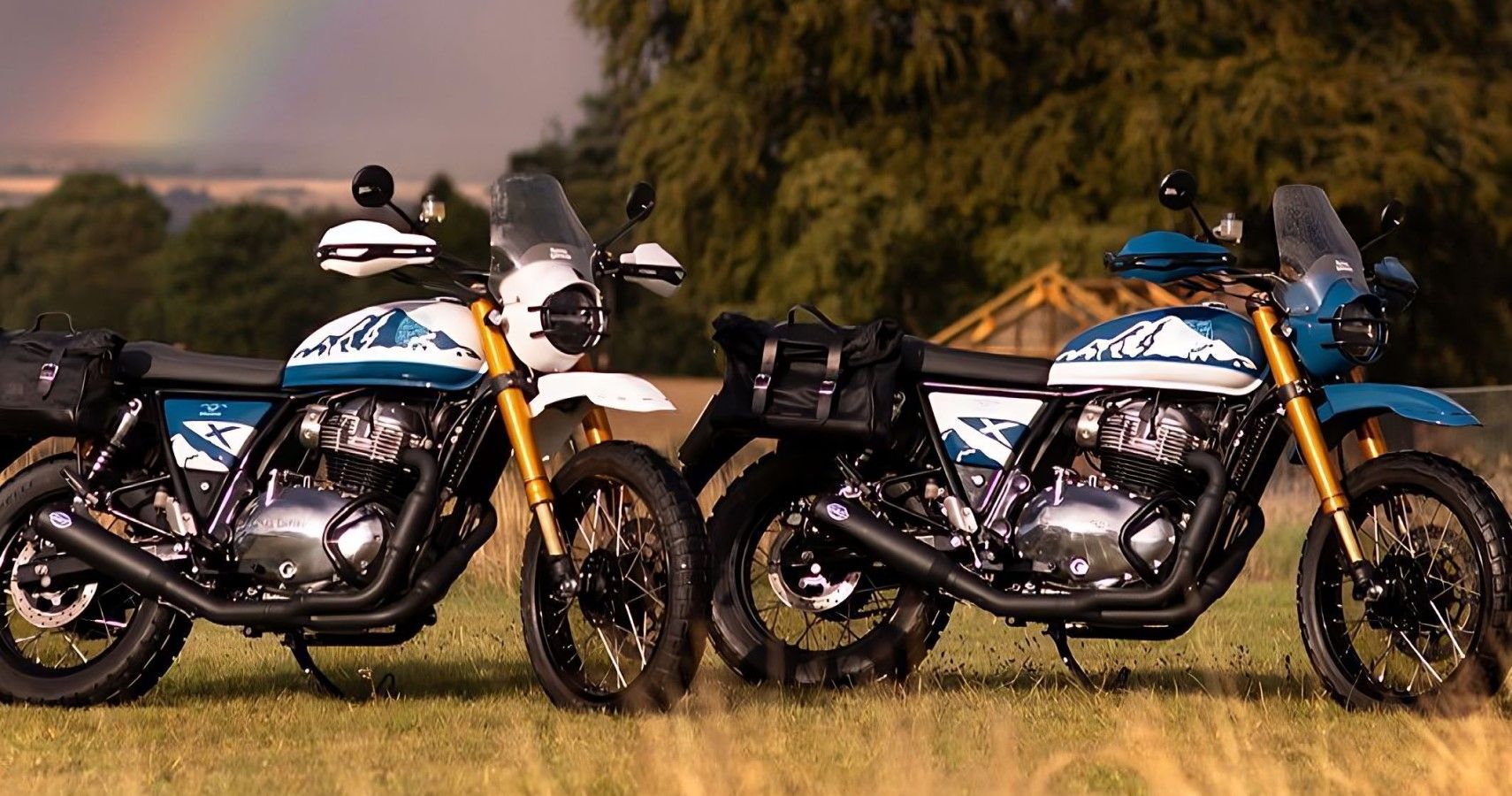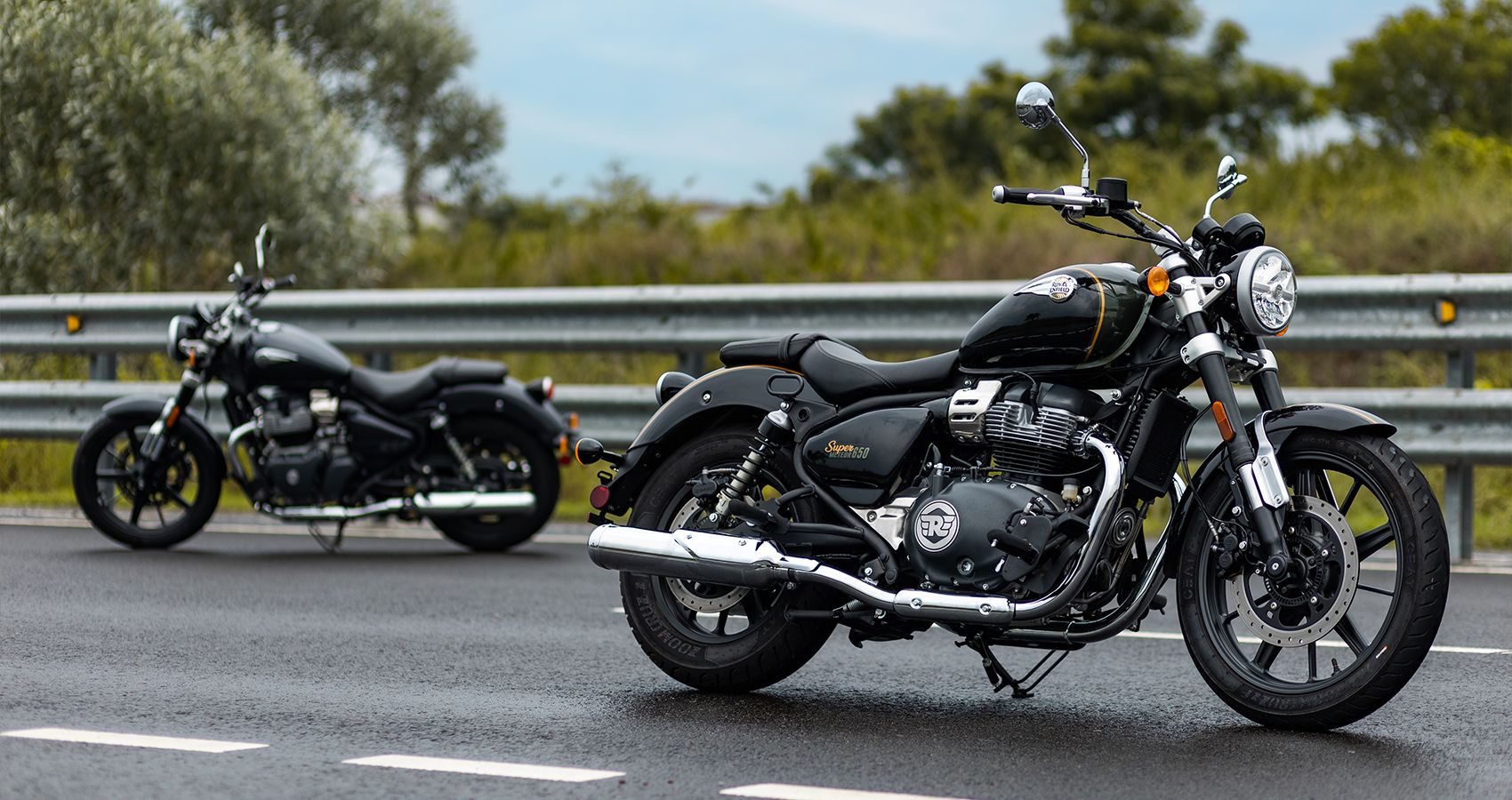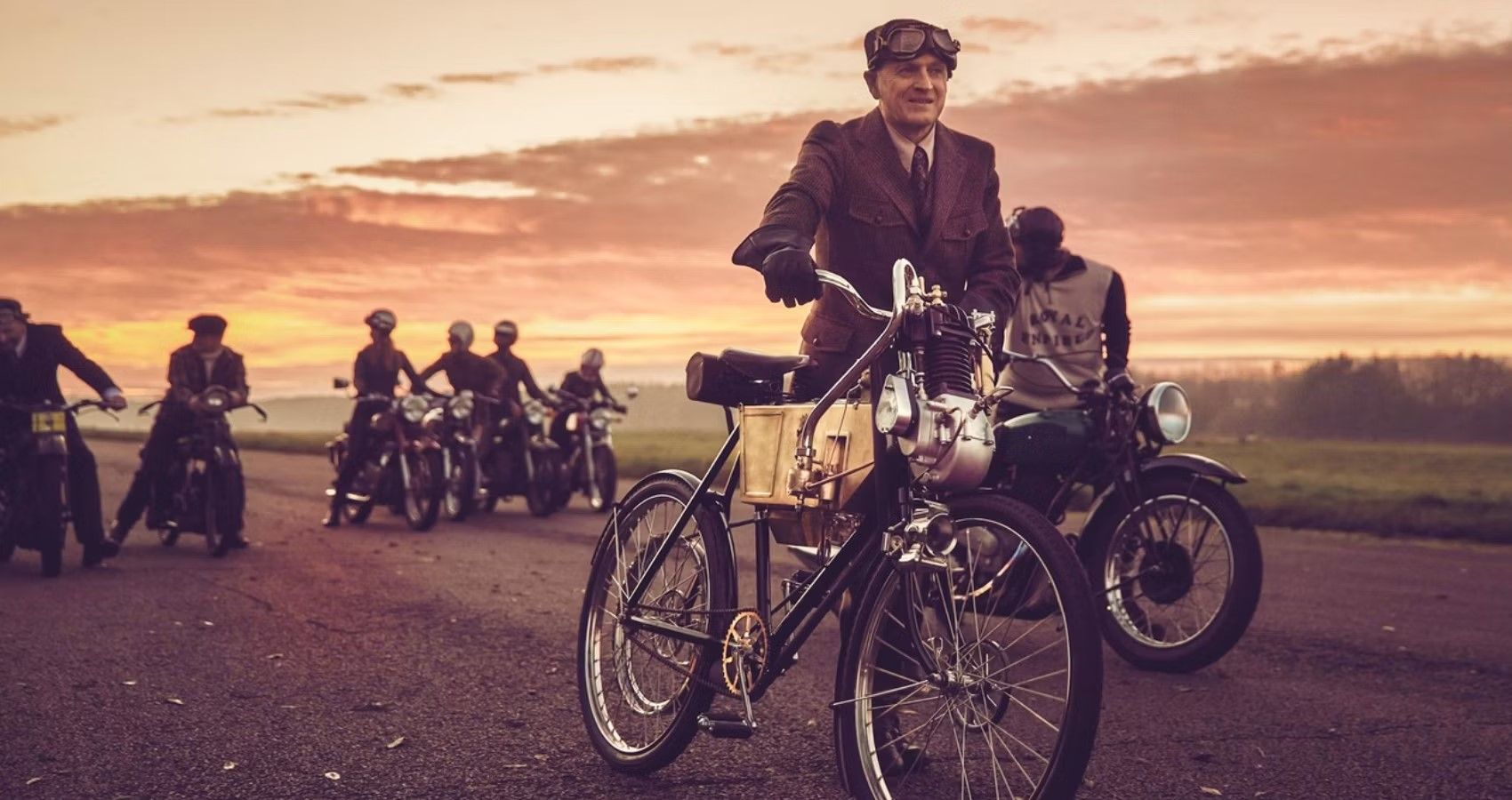More than the motorcycles, most of the manufacturers have a story they love to tell, and these stories are what turn them into an icon of some sorts. Royal Enfield has had one of the most interesting journeys in the automotive world. From going almost bankrupt in the mid and late 1990s to becoming one of the most successful motorcycle brands the world had ever seen; Royal Enfield has seen it all. With new models coming out its facilities in India, Royal Enfield is slowly, but steadily, setting its foot in the overseas market.
This is a story that deserves a book in itself. How from making its first motorcycle in 1901 to shutting its facilities in the UK in 1970, it has its fair share of emotion, drama, and nostalgia – a perfect recipe for a story to be told for generations to come. With the emergence of new engines and technology, Royal Enfield motorcycles are beginning to find loyalists in international markets where it failed earlier for sheer reliability and performance. And then there is Eicher Motors too – an Indian automotive company that pulled Royal Enfield away from the hands of bankruptcy in 1990s – that turned the fortunes not only for Royal Enfield, but for itself as well.
Royal Enfield Is Considered The Harley-Davidson From India
We all have grown up worshiping (or desiring) certain motorcycles. In some cases, it is a particular model from a particular manufacturer (Like a Goldwing, or a Hayabusa, or a Bonneville), or it is a manufacturer that people aspire to own someday. When it is the brand people aspire to buy, it results in the brand becoming larger than life as it gives people a sense of pride that becomes synonymous with your identity. The way people aspired to own a Harley-Davidson in the US, Royal Enfield was doing the same in India.
After Eicher Motors took over the leadership of Royal Enfield, new engines (like AVL and UCE) were launched which promised more reliability, more power, and better efficiency. With the arrival of the UCE engine in 2008, Royal Enfield hit gold that turned its fortunes for good. It was an engine that sounded like the old engine but without all the hassles like oil leakages, and frequent visits to the mechanic. Then the arrival of models like the 411cc Himalayan, the 648cc parallel-twin Interceptor and Continental GT, the 349cc Meteor, and the latest entrant – Hunter – made sure that there was a Royal Enfield for almost everyone who desired it. These new engines are made to compete and perform at an international level which is why they are slowly making their mark in various global markets including the US.
By the end of October 2022, Royal Enfield had sold a staggering 657,846 units worldwide since January 2022. Yes, most of these sales are in the Indian market, but the export numbers are impressive as well. In the fiscal year that ended in March 2022, Royal Enfield had sold 7,305 motorcycles in the North American market. This is almost double from the 3,820 units Royal Enfield sold in 2021. This might not look like much from a distance, but this surely means that Royal Enfield is making slow and strong progress in the American market.
How Royal Enfield Got ‘Indianized’
Was it always supposed to cater to the Indian market? No. Royal Enfields were there in India before Indian independence from the British in 1947, and since 1962, they have also been made in India. Even after the company in the UK shut its doors in 1970, the Indian unit kept on going, the majority of which can be attributed to Royal Enfield’s ties with the Indian Army that was the top buyer of the Royal Enfield Bullet. But with time and competition, Royal Enfield lost its mojo. It was one of those machines people wanted to buy but was too impractical to keep and maintain. This was the time when manufacturers like Yamaha and Jawa were entering the Indian market with their Rajdoot 350s and Roadkings.
After its inception in 1901, Enfield Cycle Company made and sold motorcycles for the next five decades with capacities ranging from 225cc (to be used by the British War Department during the First World War) to 976cc machines. In 1947, Royal Enfield and an Indian company – Madras Motors – came together to form Enfield India to assemble Royal Enfield motorcycles in India in 1955. 1957 onwards, Enfield India had started making some of the components for Royal Enfield motorcycles, and by 1962, all the Royal Enfield motorcycles were being made in India.
Even after the company in the UK went out of business, Enfield India continued producing the ‘Bullet’, and according to what we have witnessed in the recent past, Royal Enfield is not going to stop anytime soon. With razor-sharp focus on developing new technologies to capture more and more share of the markets at an international level, it is just a matter of time before other manufacturers start feeling the heat from this Indian icon.



